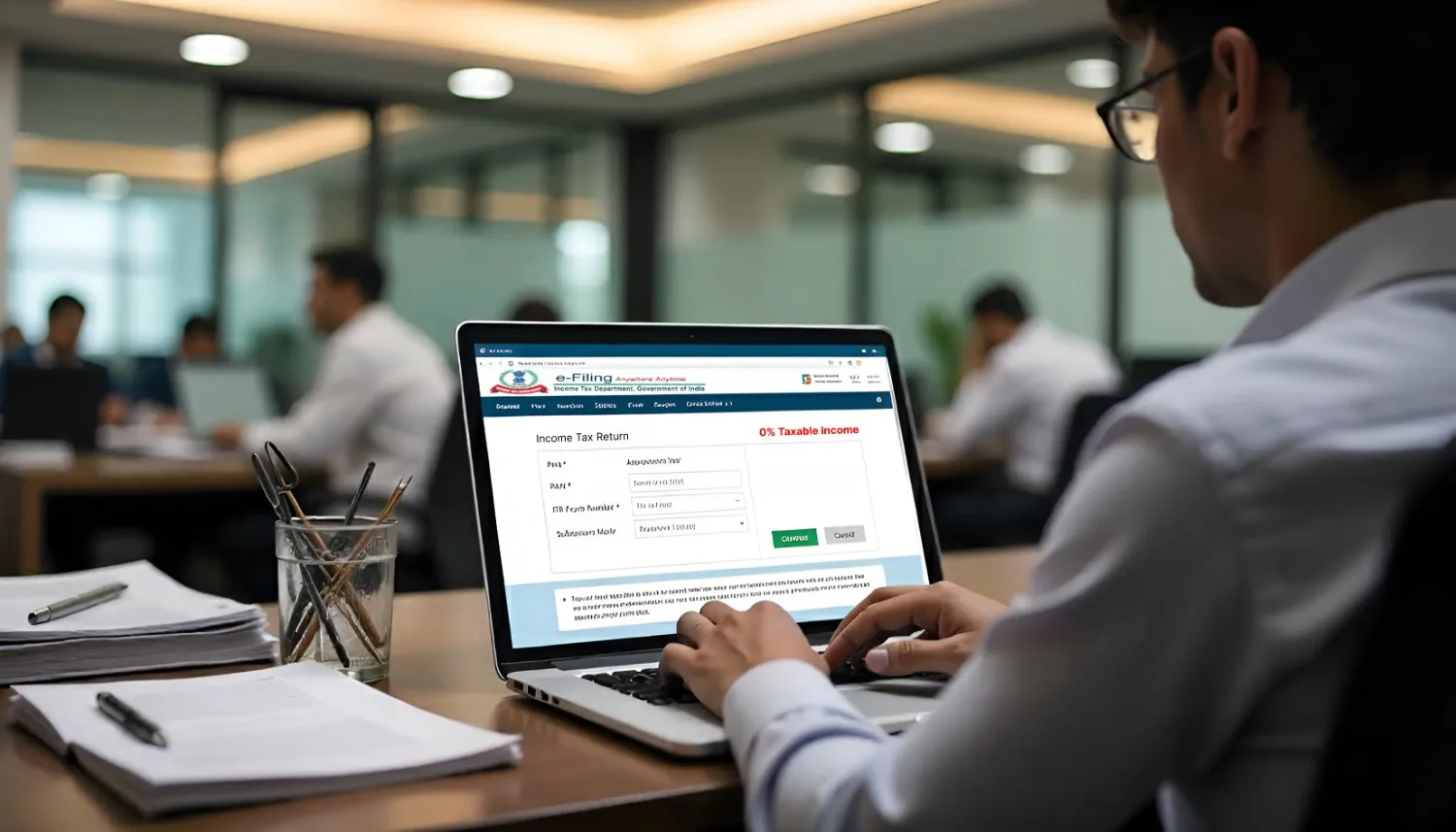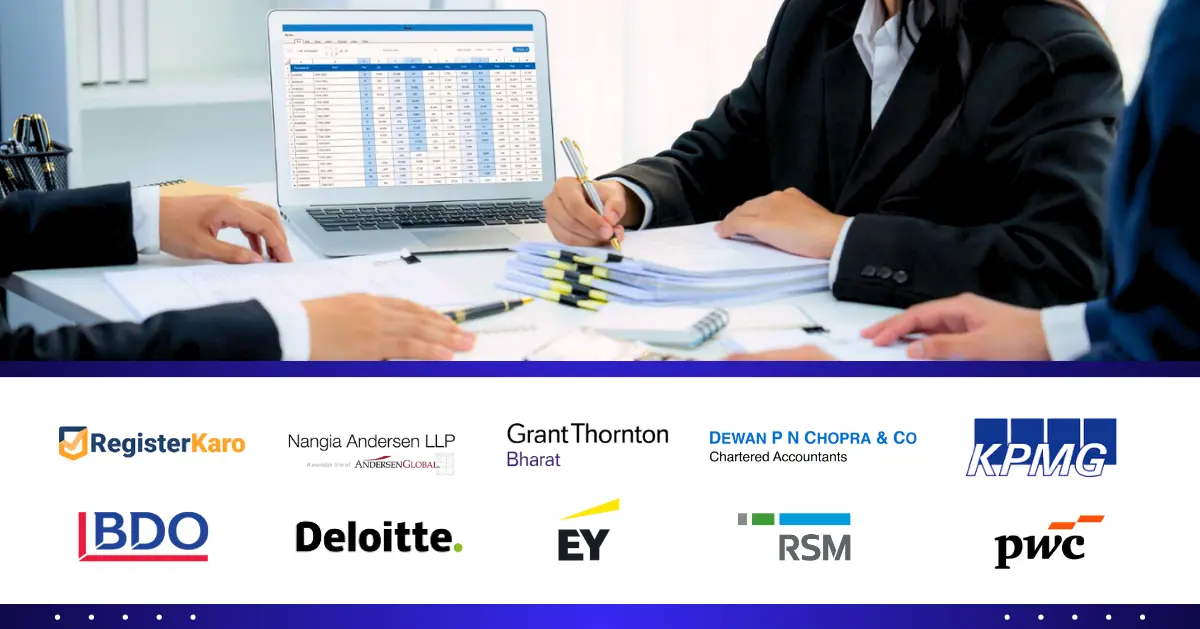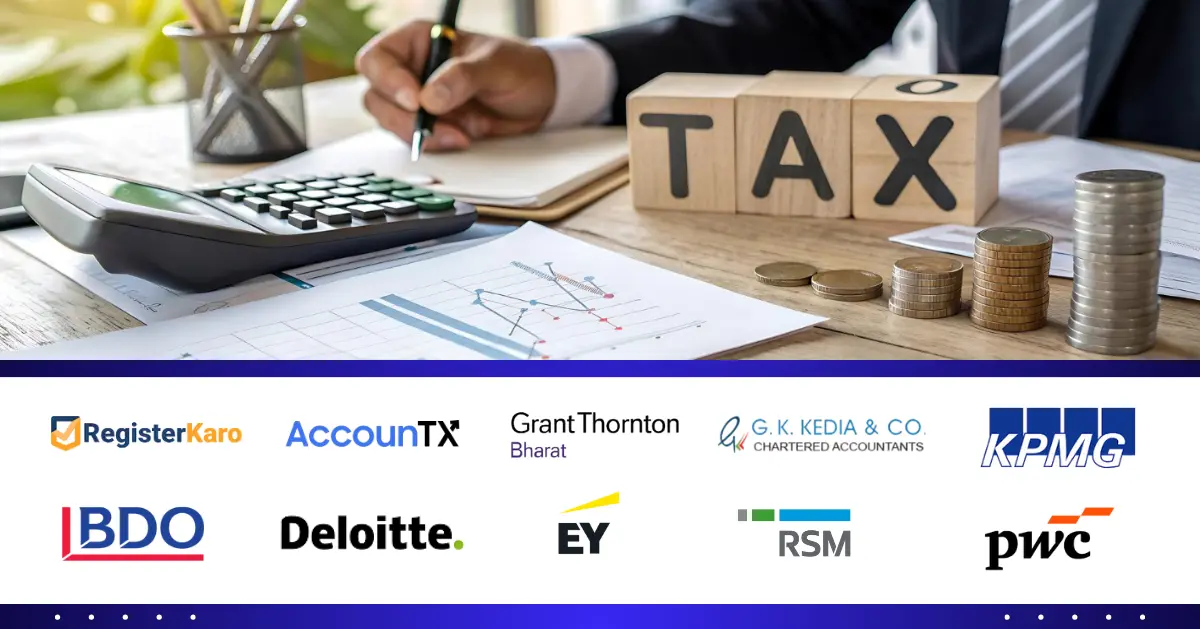
Introduction
Imagine you run a small bakery, crafting delicious pastries every morning, but come tax season, you are buried in endless paperwork. Or you’re a freelancer juggling multiple clients, yet calculating income tax deductions feels like rocket science. This is where presumptive taxation comes to the rescue! Instead of maintaining tedious records, the government allows small businesses and professionals to declare income at a predetermined rate, significantly reducing compliance burdens.
India has over 1.47 crore small businesses and more than 1.5 crore freelancers, many of whom struggle with complex tax filings. Recognizing their challenges, the Income Tax Act introduced the Presumptive Taxation Scheme (PTS) under Sections 44AD, 44ADA, and 44AE, simplifying tax payments. But is it the right fit for everyone? Let’s dive deep into who should opt for presumptive taxation and why it might be the smartest choice for many taxpayers and understanding tax rates under presumptive scheme.
What is Presumptive Taxation?
It is a simplified tax scheme where businesses, professionals, and transporters can declare a fixed percentage of their total turnover or income as taxable income instead of maintaining detailed books of accounts. It aims to ease tax compliance for small businesses, freelancers, and truck operators by eliminating the need for audits and complex financial records.
Key Features:
- Applicable to small businesses, professionals, and transport operators
- Fixed percentage of turnover or gross receipts is considered taxable
- No need for detailed bookkeeping and tax audits (if conditions are met)
- Encourages better tax compliance among small taxpayers
- Includes the benefits of presumptive taxation, such as simplified tax filing
Applicability of Presumptive Taxation Under Sections 44AD, 44ADA, and 44AE
Section 44AD: For Small Businesses
- Applicable to individuals, HUFs, and partnerships (excluding LLPs)
- Turnover limit for presumptive tax: Up to ₹3 crore (as per the latest Union Budget 2024, previously ₹2 crore)
- Taxable income presumed at 6% for digital transactions and 8% for cash transactions
- No need for audits if opting for this scheme continuously for five years
Section 44ADA: For Professionals (Freelancers & Consultants)
- Covers professionals like doctors, lawyers, architects, IT consultants, designers, and freelancers
- Turnover limit for presumptive tax: Up to ₹75 lakh (previously ₹50 lakh, as per Budget 2024)
- Taxable income presumed at 50% of gross receipts
- No requirement to maintain detailed accounts or undergo audits
- Specifically designed as presumptive tax for freelancers
Section 44AE: For Transporters
- Applicable to small transport businesses with up to 10 goods vehicles
- Taxable income presumed at ₹1,000 per ton of vehicle capacity per month
- Reduces compliance burdens for truck owners and logistics operators
Benefits of Opting for Presumptive Taxation
- No Need for Bookkeeping: Businesses and professionals under presumptive tax are exempt from maintaining detailed financial records.
- Tax Audits Not Required: If turnover is within limits, taxpayers can avoid expensive and time-consuming audits.
- Lower Tax Liability: With fixed presumptive income rates, taxpayers often pay less tax compared to regular taxation.
- Encourages Digital Transactions: Lower taxable income rate of 6% for digital payments encourages cashless transactions.
- Saves Time & Resources: Filing ITR-4 under presumptive tax is simpler than filing ITR-3, reducing compliance costs.
- Covers the benefits of presumptive taxation, making tax filing hassle-free.
How to Calculate Taxable Income Under the Presumptive Tax Scheme?
Example 1: Small Business Under Section 44AD
- Total turnover: ₹90 lakh
- Taxable income (8% for cash transactions): ₹7.2 lakh
- Taxable income (6% for digital transactions): ₹5.4 lakh
Example 2: Freelancer Under Section 44ADA
- Gross receipts: ₹60 lakh
- Taxable income (50% rule): ₹30 lakh
Limitations and Exemptions of Presumptive Taxation
- Businesses with turnover exceeding ₹3 crore (for 44AD) or professionals earning above ₹75 lakh (for 44ADA) cannot opt for this scheme.
- LLPs are excluded from presumptive taxation under Section 44AD.
- If a taxpayer opts out before five years, they cannot re-enter the scheme for the next five years.
- Certain professionals (e.g., film actors, insurance agents) are not covered under 44ADA.
- Understanding taxation for small businesses is essential before opting for this scheme.
Presumptive Taxation vs. Regular Taxation
| Feature | Presumptive Taxation | Regular Taxation |
| Audit Requirement | Not Required | Required if turnover exceeds limits |
| Bookkeeping | Not Required | Mandatory |
| Tax Filing Complexity | Simple (ITR-4) | Complex (ITR-3) |
| Taxable Income Calculation | Fixed Percentage | Actual Profits |
Conclusion
It is a game-changer for small businesses, freelancers, and transporters, offering simplified compliance, lower tax liabilities, and zero audit requirements. With over 1.5 crore freelancers and millions of small enterprises in India, this scheme plays a crucial role in encouraging tax compliance.
However, choosing the right tax scheme depends on individual business structures and financial goals. If your turnover falls within the prescribed limits, opting for presumptive taxation can save time, money, and effort. Seeking professional assistance from platforms like RegisterKaro ensures hassle-free tax filing and compliance management.
Frequently Asked Questions (FAQs)
1. Who is eligible for presumptive taxation?
Small businesses, professionals, and transporters with turnover/income under ₹3 crore (44AD), ₹75 lakh (44ADA), and 10 vehicles (44AE).
2. Can an LLP opt for presumptive tax?
No, LLPs are excluded from taxation under Section 44AD.
3. How to file income tax under presumptive taxation?
You need to file ITR-4 and declare income as per the fixed percentage of turnover.
4. What happens if I opt out of the scheme?
If you exit before five years, you cannot re-enter presumptive taxation for the next five years.




